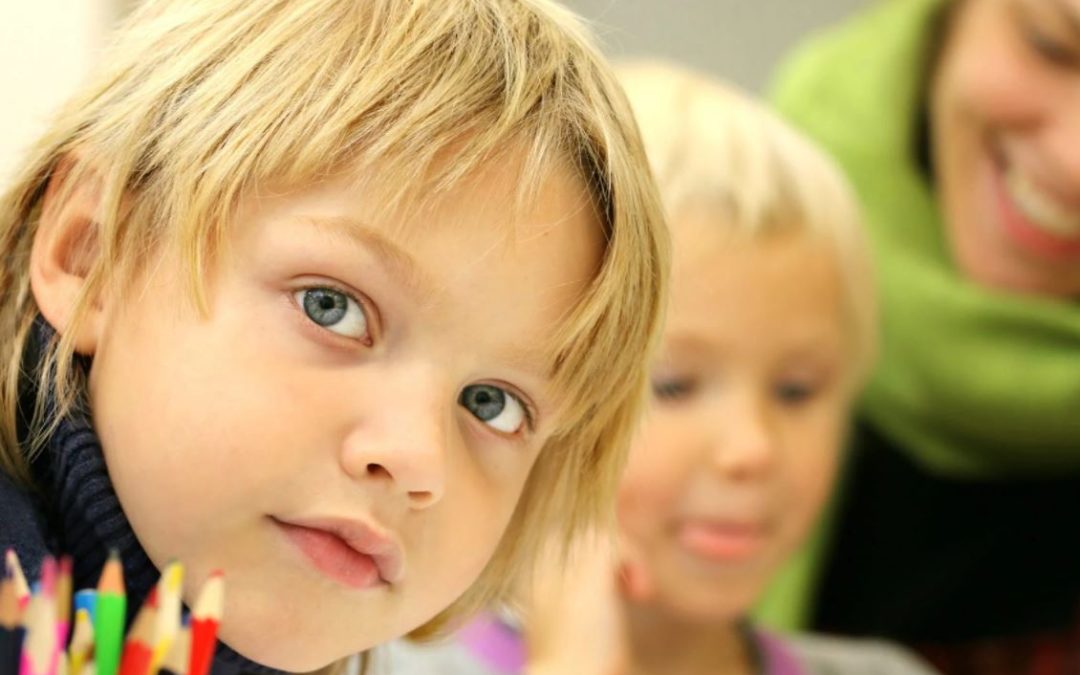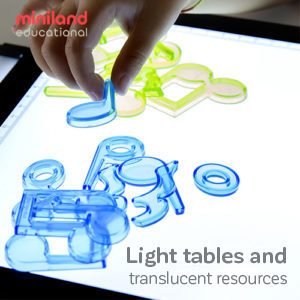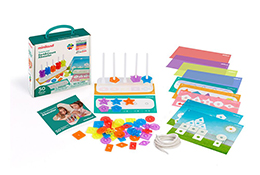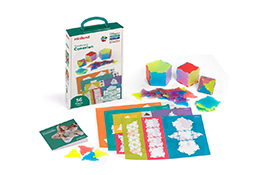Each of the four cornerstones of mindfulness practice is catered for by the 36 activities that make up this learning aid. In this blog we share four easy ways you can bring it into your ECD classroom, even if you’re new to it yoursel
Tip 1: Stretch with yoga
Mindful Kids’ yoga program is specifically linked to nature. Children are encouraged to adopt and remember each pose by recognizing its similarity to animals, plants, and the natural landscape. This is a perfect opportunity to link additional subjects into your yoga sessions. While you may focus simply on the exercises at the time, you can easily use the many references to mountains, flamingos, and trees (for example) to initiate lessons in Earth Sciences, or reference a recent outing. With a little imagination, the possibilities for linking these yoga sets into the expanded curriculum are nearly infinite.

We’re devoted to making mindfulness accessible. The traditional Sanskrit names yoga poses are known for can be overwhelming for ECD learners unfamiliar with the sounds. That’s why we’ve named all our recommended poses clearly in English (or Spanish), and provide visual aids to cater for a wide range of learning styles and to help ensure no one is left out from receiving yoga’s many benefits.
Tip 2: Breathe
One of the many rewards of regular mindfulness practice is a general sense of decreased anxiety. We’ve included a set of conscious breathing activities with Mindful Kids that keep this simple exercise stimulating and varied for your children. Each activity encourages your class to focus solely on their breathe, and teaches them efficient techniques that help them remain calm in times of stress. Children connect with metaphor and story, and we’ve linked each different breath pattern to a recognizable scenario that makes the practice effortless and fun. For example, long extended breaths are encouraged by playing “Hot Soup” where their task is to imagine they are cooling a bowl of hot soup with their breath. As the soup gradually becomes cooler, their breath changes. Our didactic guide is on hand to ensure you’re supported to confidently initiate and facilitate these exercises. You’re also not alone when it comes to finding ways for the children to self-reflect on how each exercise has affected their mood — our lesson plans and Play Miniland extension ensure you’re well covered!
Tip 3: Relax
The ability to self-reflect is one of the keys to mindfulness. Along with conscious breathing exercises, Mindful Kids’ relaxation exercises provide a wonderful opportunity to reflect in more detail on the relationship of the body in space. These can also be linked to physiology lessons, as each child is encouraged to become aware of the different muscle groups, the relationships between skeleton and muscle, and about relative tension through exercises that relate each state of relaxation to known concepts. For example, one exercise encourages children to experience what movement must be like as a robot. In another, they partner up and, back-to-back, relax into each other while imitating the movement of a rocking chair. This has the added benefit of growing trust and encouraging communication, collaboration, and teamwork.
Tip 4: Make time for meditation
Each child is unique, and learns best based on their own strengths, weaknesses, and preferences. Mindful Kids caters to multiple learning styles by offering a variety of activities that each lead to the same skills-acquisition. For example, the benefits of meditation are well-known. However, everyone has their favorite way to tap into this “space beyond mind.” As a teacher, catering to so many different tastes and abilities can be daunting; but with Mindful Kids, there’s no need to feel intimidated! Talkative children may find great joy in meditation activities centered on singing mantras, while those who struggle to sit still can experience the same rewards through the meditation exercises that require them to color in mandalas. In this way, you could also tie in elements of their Music and Visual Arts curriculum — making the rewards even sweeter!
We’re specialty toymakers that have dedicated ourselves to the business of making your job easier. We believe that educational toys for children can make a significant difference in their ability to learn effectively. Because we’re also practical, we’re proud to say that our catalog is packed with multipurpose products that make sure you can give your children your best, without breaking the bank.




